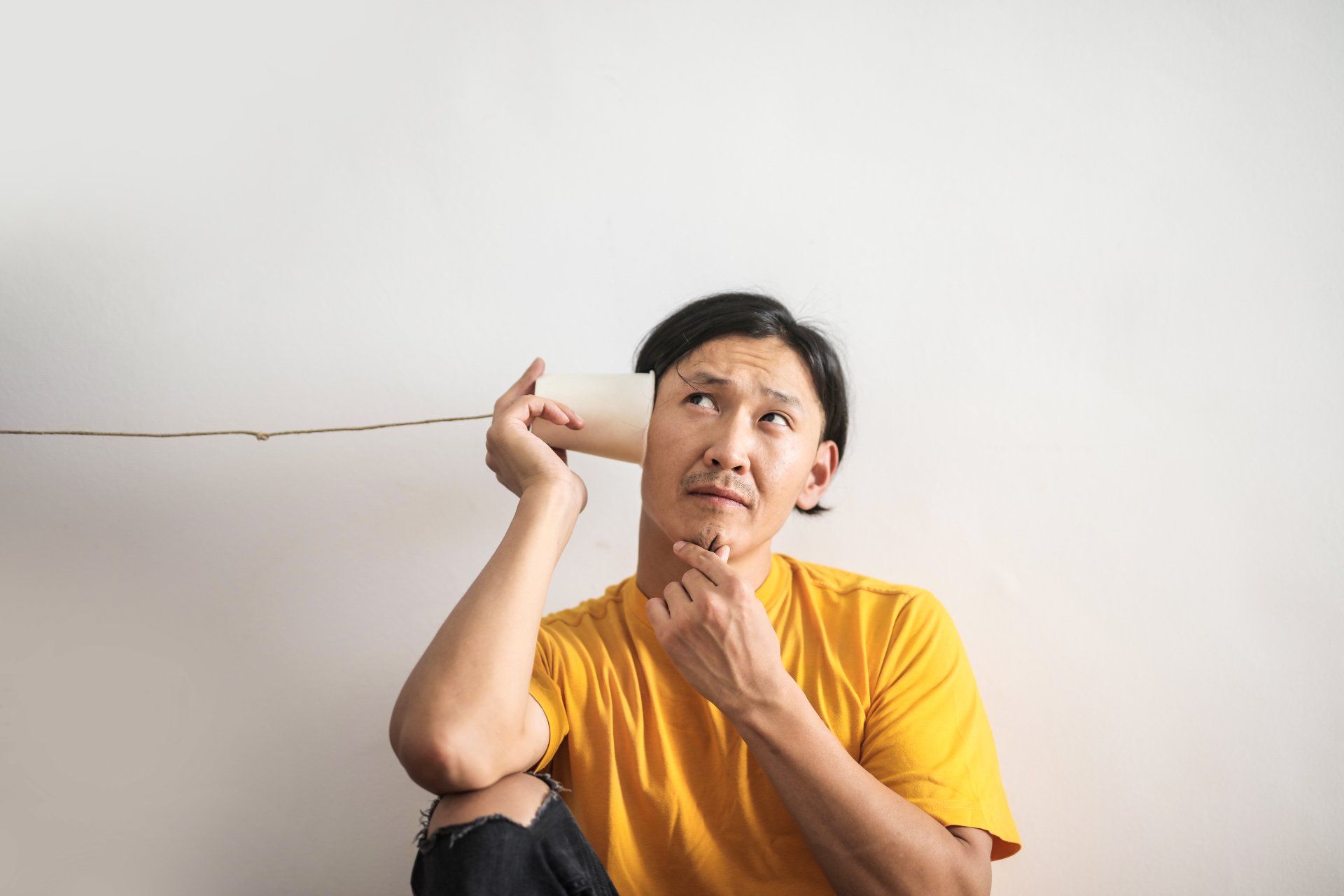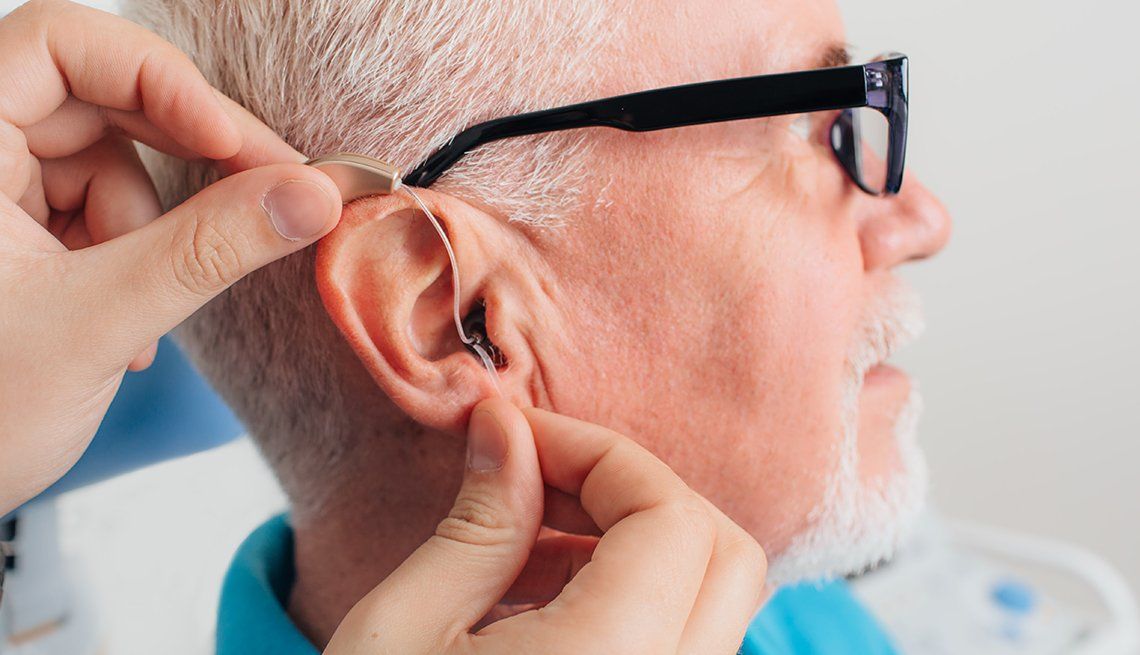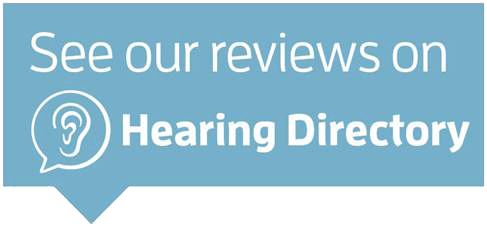Biology is Better Than Technology: Protecting Your Hearing
“Biology is better than technology….” That’s a phrase I seem to repeat on a daily basis in my Audiology practice. In fact, I say it so much, I recently had a patient tell me I should trademark it! When it comes up in our clinical counselling, what I am usually stressing is that we need to protect our hearing, because once it’s gone, it’s gone. There is no medical or surgical method that can reverse the effects of noise damage. When that is the case, hearing aids are the only option for improved communication. But that is where my phrase comes from, because normal hearing is better than aided hearing, and aided hearing is not normal. My point is that we all need to learn how to preserve what hearing we have, so we don’t have to use hearing aids sooner than expected.
Noise-induced hearing loss is really the only type of hearing loss that can reliably be prevented. In Central Alberta, it is a very real and widespread concern. With the number of blue collar jobs that sustain our local economy, it puts a large number of people at high risk for permanent hearing loss. Occupational health and safety only legislated protection from noise in the late 1980’s, but even now, there are workers that continue to be at risk for hearing loss, due to improper or inadequate protection from noise. I used to fly a lot for a previous job and I would always observe the ground crew faithfully wearing their hearing protection, but it seemed more often than not, that the earplugs were not inserted properly and therefore not offering any protection from the noise they were exposed to.
Sometimes, improved counselling and instruction is all that is required to improve safety compliance and effectiveness. Other times though, a different strategy for hearing protection is needed and a basic foam earplug just isn’t the answer. To determine what the best solution is for you, we have to consider what it is that you do and what the requirements are. Is it industrial noise? Are you a musician? Are you a hunter or sport shooter? Each of these activities require very different solutions for noise protection.
We also have to consider what we call “dose.” Noise is damaging from a combination of factors, including the loudness and time exposed. Industry calculates that we can safely withstand 85 dBA of noise for 8 hours unprotected. For every doubling of sound pressure (roughly 3 dB), we have to cut the time in half. So if the noise is 88 dBA, then 4 hours is safe, 91 dBA, 2 hours is safe, and so on. However, we also have to consider a unique form of noise induced hearing loss called acoustic trauma. These are sounds that are so loud, the effects are instantaneous. Firearm use would be a common example of this. For example, a shotgun blast can be 140 dB, which can do instant damage. In fact, that intensity of sound is above our pain threshold. The only reason we don’t necessarily perceive it as painful is because it is of short duration. But never the less, the damage is done.
Every problem has a solution and step one in solving the problem of hearing protection is consulting your Audiologist. If you are a musician, there are earplugs that can maintain the fidelity of your music without distortion. If you are a hunter/shooter, there are earplugs that allow you to hear properly and activate instantly at the moment you shoot. More commonly, if you work in noise, there are earplugs that can be custom fit to you, easy to wear and even filtered specifically to allow communication while still protecting from noise. Simply put, everyone’s situation is different and requires a solution specific to that person and that situation.



